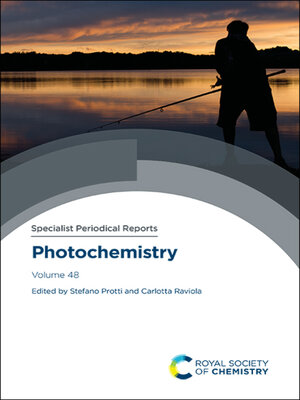
Sign up to save your library
With an OverDrive account, you can save your favorite libraries for at-a-glance information about availability. Find out more about OverDrive accounts.
Find this title in Libby, the library reading app by OverDrive.



Search for a digital library with this title
Title found at these libraries:
| Library Name | Distance |
|---|---|
| Loading... |
This volume combines reviews on the latest advances in photochemical research with specific topical highlights in the field. Starting with periodical reports of the recent literature on organic and computational aspects including reports on computational photochemistry and chemiluminescence of biological and nanotechnological molecules, photochemistry of alkenes, dienes and polyenes, aromatic compounds and oxygen-containing functions. The final chapter of this section is a review of industrial application of photochemistry from 2014 to 2019. Coverage continues with highlighted topics, in the second part, from ruthenium-caged bioactive compounds, advances in logically and light induced systems, developments of metal-free photocatalysts, photoresponsive organophosphorus materials and applications of photo-fragmentation in synthesis, photo-click chemistry and azo-based molecular photoswitches.
This volume will again include a section entitled 'SPR Lectures on Photochemistry', a collection of examples for academic readers to introduce a photochemistry topic and precious help for students in photochemistry.
Providing critical analysis of the topics, this book is essential reading for anyone wanting to keep up to date with the literature on photochemistry and its applications.
"A certain amount of energy destroys the same amount of CO2 according to the whether it is administered continuously or intermittently. In order to rationalize this result there are two possibilities, either the destruction of CO2 further occurred in the dark periods, which would lead to the same form of energy storing form, or in the illuminated period the reaction goes at twice the rate."
O. Warburg, Biochem. Z., 1919, 100, 230–270.







